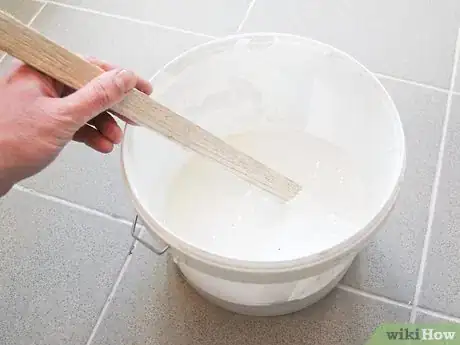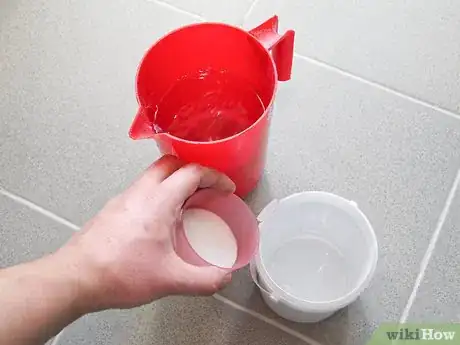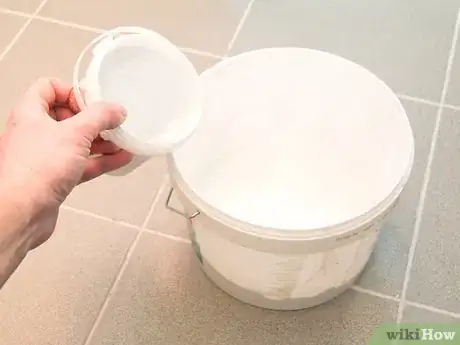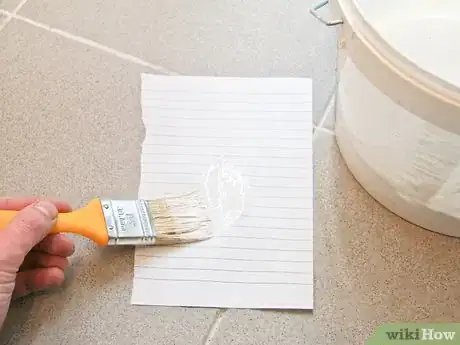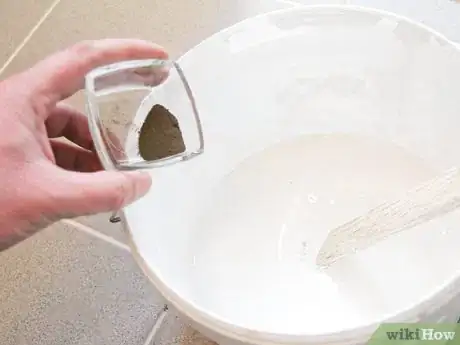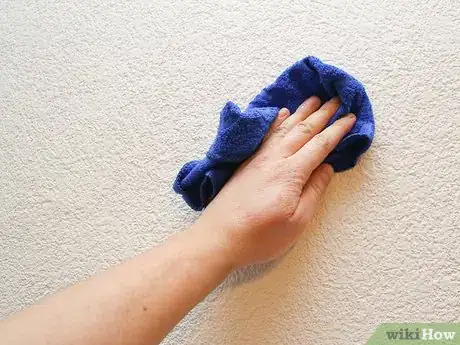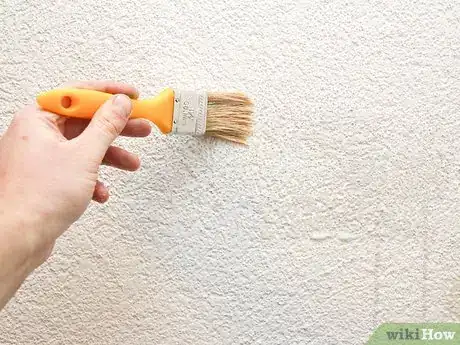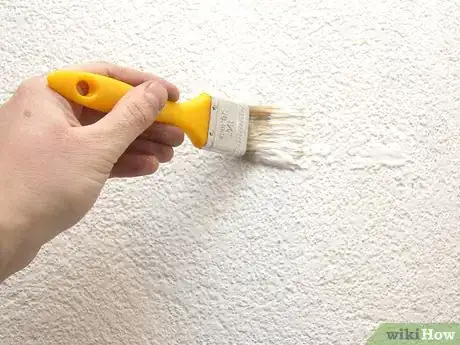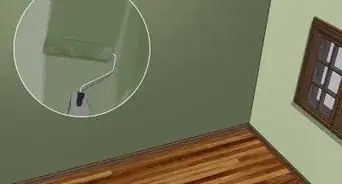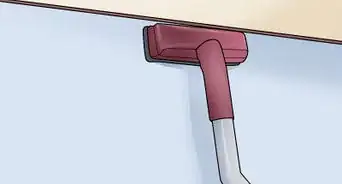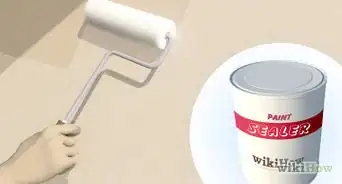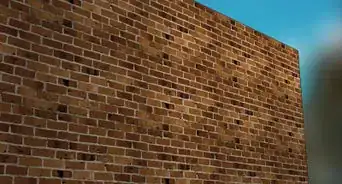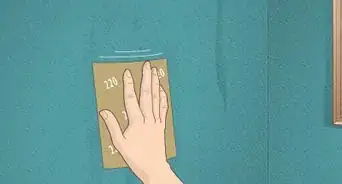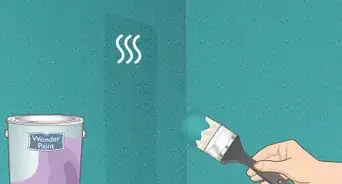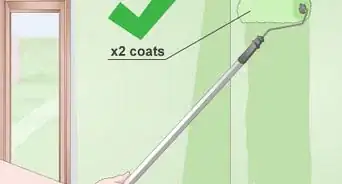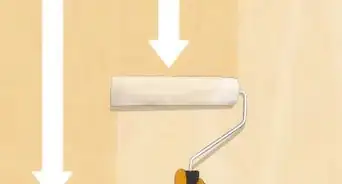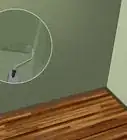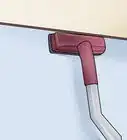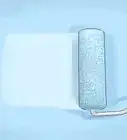X
wikiHow is a “wiki,” similar to Wikipedia, which means that many of our articles are co-written by multiple authors. To create this article, 10 people, some anonymous, worked to edit and improve it over time.
This article has been viewed 119,465 times.
Learn more...
Whitewashing is the process of covering a wall with a very thin coat of thin plaster made with water, lime and other ingredients. Whitewashing is used to color fences, wood, and most commonly, walls. Whitewashing is a fairly historic process, and most individuals choose to treat their walls and fences with more modern paints and finishes. Whitewashing walls is a fairly easy process, and is a project that can be completed in less than a day.
Steps
-
1Create a paste by mixing 2 parts calcium hydroxide, also know as hydrated lime, to 1 part water. Mix the 2 ingredients together until the paste is creamy. Let the mixture sit overnight.[1]
-
2Create a salt water solution by mixing 2 parts salt with 1 part water.Advertisement
-
3Remove any excess water from the calcium and water mixture in the morning. Stir the mixture again until it becomes a thick paste-like consistency.
-
4Add the salt water mix to your paste. Stir well until the mixture is completely blended and has a similar consistency to cake or brownie batter. Continue stirring the mixture, adding extra water if you feel it is too thick. It's easier to fix a solution that is too thick than too thin, so only add small amounts of water at a time.
-
5Test your paste mixture by painting it on top of a piece of paper. Watch it dry, if it dries looking coarse and bumpy, the solution is too thick and more water needs to be added.
-
6Add pigments to your whitewash solution, if you want to have your whitewash colored. Add pigments, purchased from a local hardware store, that can be safely added to any paint or plaster mixture.[2]
-
7Cover your floors with plastic and clean your walls prior to whitewashing and remove any scuffs or stains. These stains can show through after whitewashing.[3]
-
8Wet the walls by applying water with a paintbrush to your walls. This will help the whitewash spread once you apply the whitewash.
-
9Use a wide paintbrush to apply a thick coat of whitewash to the wet walls. It is easiest to apply the whitewash to the tips of the brush and lightly apply it to the wall. You should be aware that whitewash is thicker than paint and doesn't go on as smoothly as interior paint does.[4]
Advertisement
Community Q&A
-
QuestionCan a salt wash be used on walls while whitewashing?
 Community AnswerYes. It doesn't damage the paint and looks very nice once you are finished.
Community AnswerYes. It doesn't damage the paint and looks very nice once you are finished. -
QuestionI had my walls whitewashed both with and without color, but now it's powdering and flaking. What can I do?
 Community AnswerYou may want to contact a professional.
Community AnswerYou may want to contact a professional. -
QuestionCan I paint over whitewash once it's dry?
 Community AnswerSure. Whitewash is just watered down paint.
Community AnswerSure. Whitewash is just watered down paint.
Advertisement
References
- ↑ https://www.resilience.org/stories/2014-04-29/use-whitewash-instead-of-paint-for-traditional-look-and-no-toxins/
- ↑ https://www.youtube.com/watch?v=_LePyAhGTFE
- ↑ https://www.bobvila.com/articles/how-to-clean-painted-walls/
- ↑ https://morningchores.com/whitewashing/
- https://www.bobvila.com/articles/how-to-whitewash-brick/
About This Article
Advertisement
